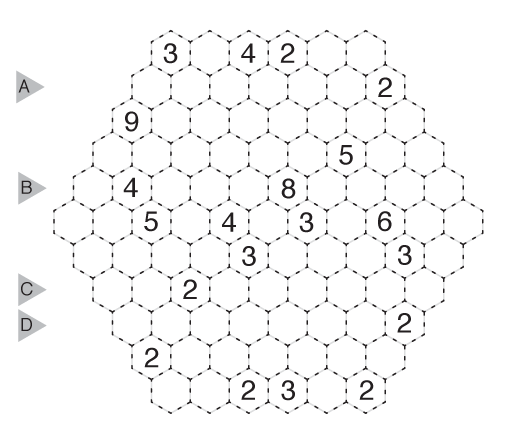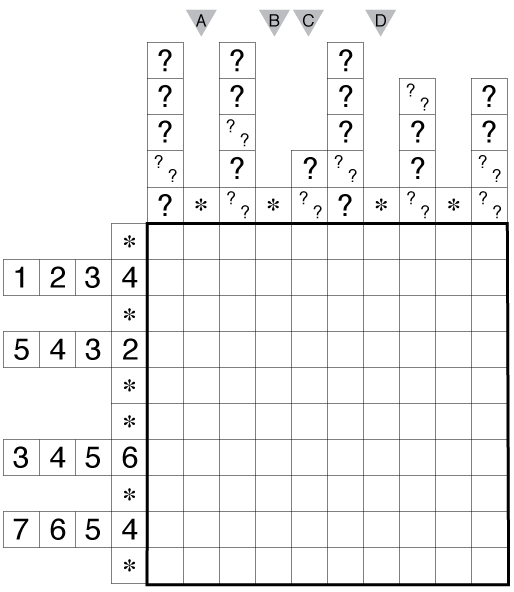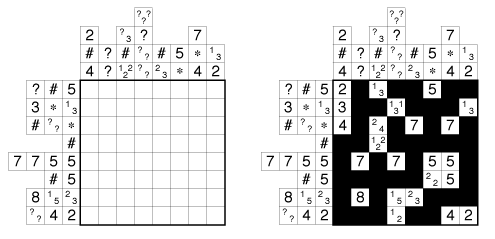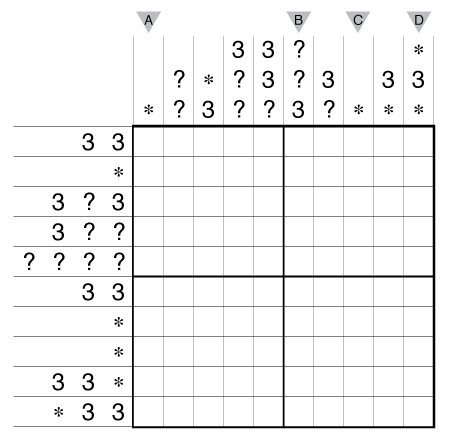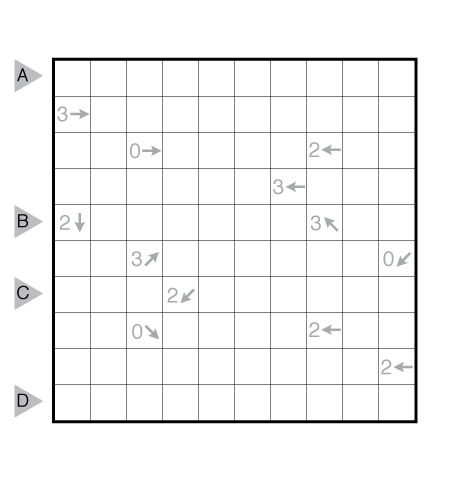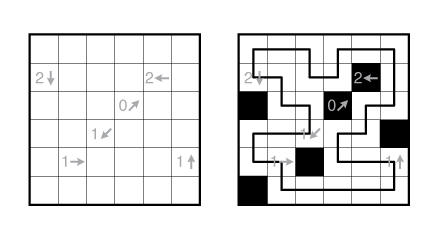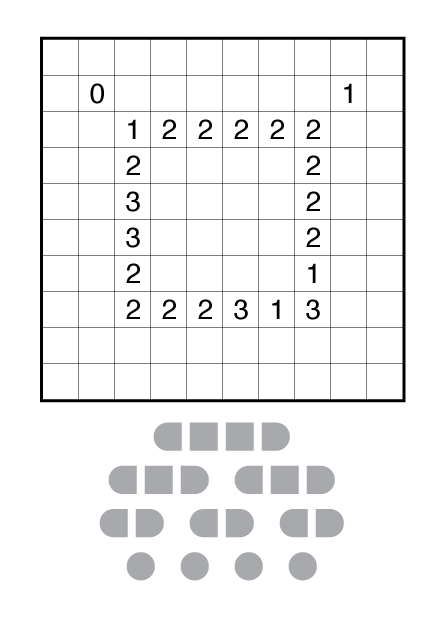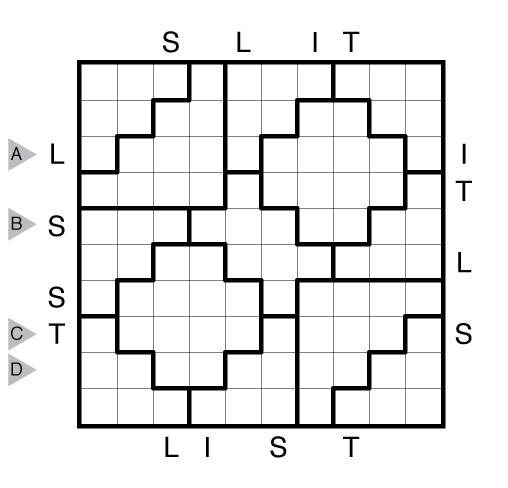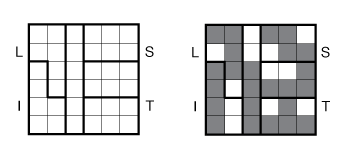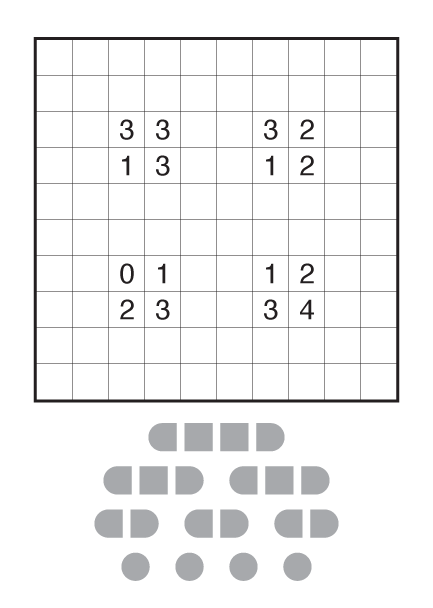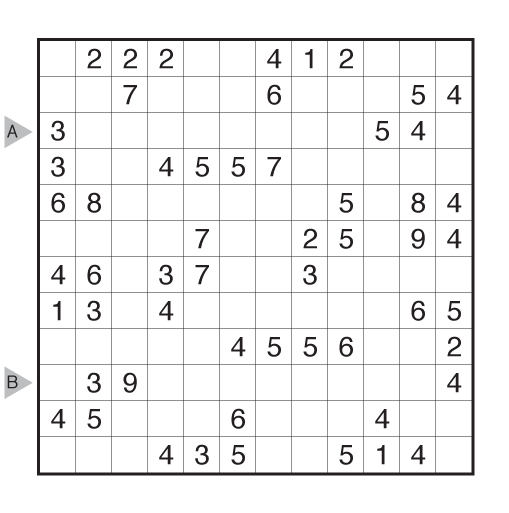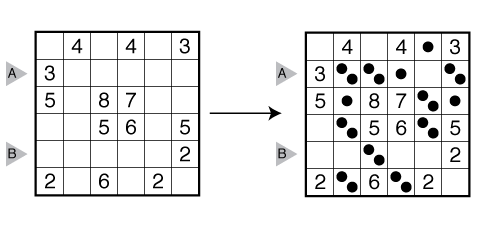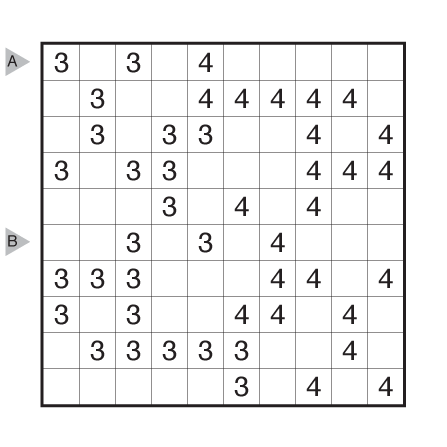Inverse LITS by Chris Green
This week we are sharing easy sample puzzles from our ebook The Puzzlemasters’ Workshop which showcases six authors exploring new puzzle styles or variations with 8-10 challenges in each section. Today’s post is Inverse LITS.

or solve online (using our beta test of Penpa-Edit tools)
Theme: Rectangles
Background: Variation of the shading puzzle LITS, where the usual rules related to shaded tetrominoes in each region are inverted to apply to unshaded tetrominoes in each region. First explored by Bram de Laat in 2012, and now more fully explored by Chris Green.
Rules: Shade some cells black so that in each region there are exactly four unshaded cells that form an L, I, T, S, or O tetromino. When two unshaded tetrominoes share an edge across regions, they must not be the same shape regardless of rotations or reflections. All shaded cells must be connected into a single group, but no 2×2 group of cells can be entirely shaded black.
Example by Thomas Snyder:
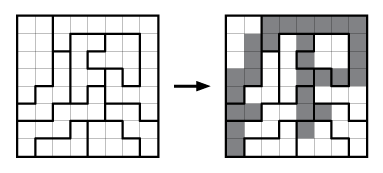
(No official times or solution entry for this week; just click “SOLVE?” when finished.)
Solution: Last page of PDF
Note: More Inverse LITS puzzles can be found in The Puzzlemasters’ Workshop.

